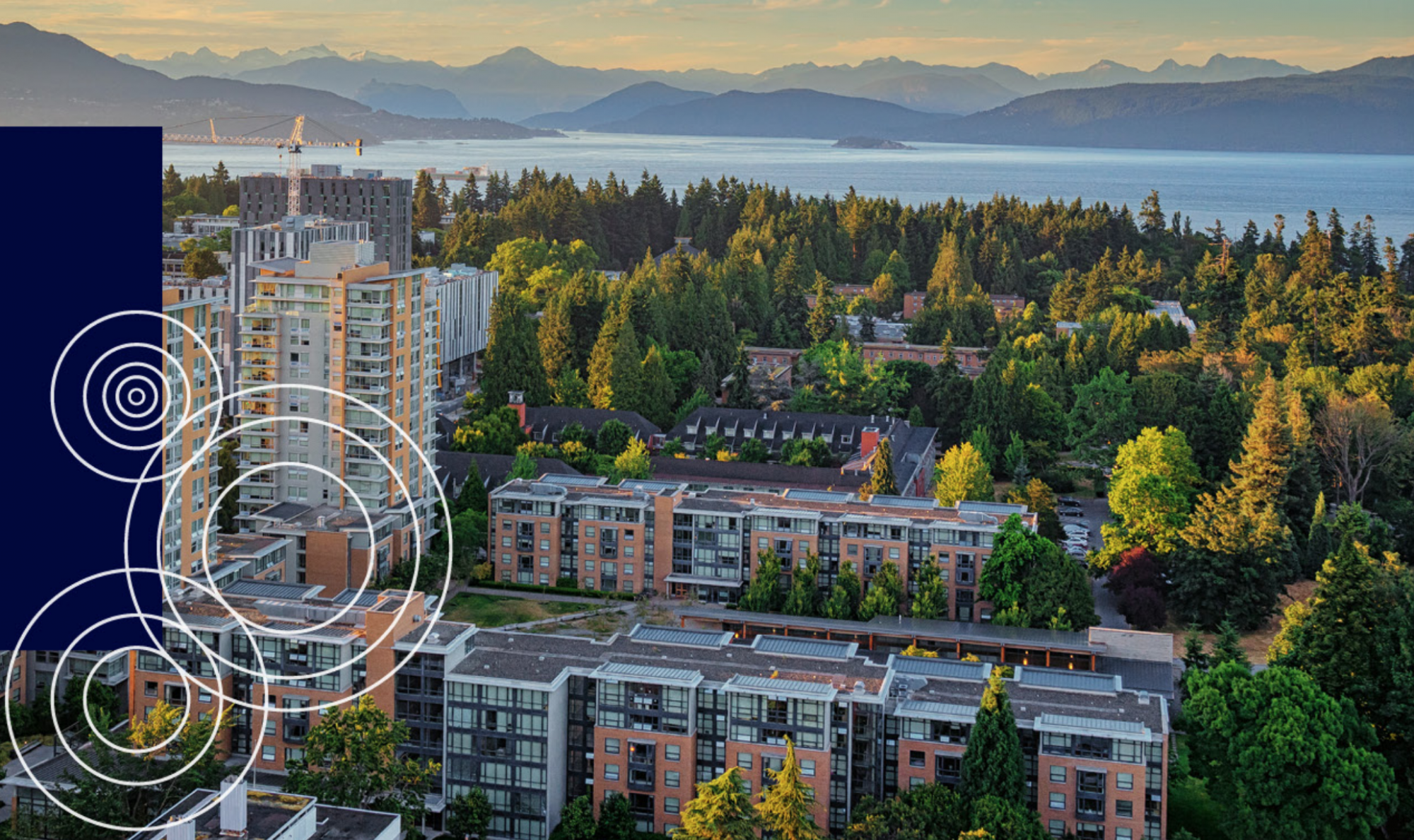Green Infrastructure in the City of Vancouver focuses on sustainably managing rainwater runoff due to the high volumes of annual rainfall that Vancouver receives. According to the City of Vancouver, Green Infrastructure “mimics natural water processes. It works with plants, soils, trees, and built structures to capture and clean rainwater before returning it to our waterways and atmosphere.” The following video explains Green Infrastructure in the City of Vancouver in more detail.
In rural areas, rainwater would typically be absorbed into the ground and would either slowly drain into a stream or river, or be transpired through plants. In large cities however, rainwater often becomes contaminated with pollutants on impervious surfaces such as roofs or pavement and is then released back into rivers or streams at an “unnatural” pace. This can disrupt the natural process that rainfall would typically undergo, and if large rainfall events occur, rainwater can often end up in the sewage system, resulting in contaminated water.
Some examples of green infrastructure that have been implemented in the City of Vancouver include green roofs, rain-friendly streets, swales, rain gardens, and parks. Green roofs are considered “living roofs” and are covered with various plants and trees in order to reduce rainwater runoff. Green roofs can also help to insulate buildings, and provide habitat for smaller forms of wildlife, and pollinators. Rain friendly streets, swales and rain gardens are all infrastructures designed to reduce rainwater runoff. Lastly, parks also mitigate rainwater runoff and are a beautiful space that communities can enjoy.
Some of the benefits of green infrastructure include improving water and air quality. With additional green space in cities, less rainwater is contaminated due to runoff, and green space can help sequester CO2. Green space also helps to reduce the risk of flooding and better manages rainwater. Green infrastructure can also help cities become more resilient to climate change. Incorporating green infrastructure elements reduces heat island effects in cities and helps to keep them cool during extreme heat waves. Sewer infrastructure costs can also be decreased with green infrastructure implementation, because the volume of runoff entering the sewage system is reduced. The lifetime of sewage systems is therefore increased, and less maintenance is required. Lastly, green infrastructure can help improve the mental and physical health of communities, by creating an inviting open green space for exercise and enjoyment.
Reference:
“Green Infrastructure, Sustainably Managing our Rainwater,” City of Vancouver: https://vancouver.ca/home-property-development/green-infrastructure.aspx
